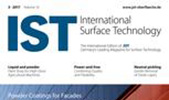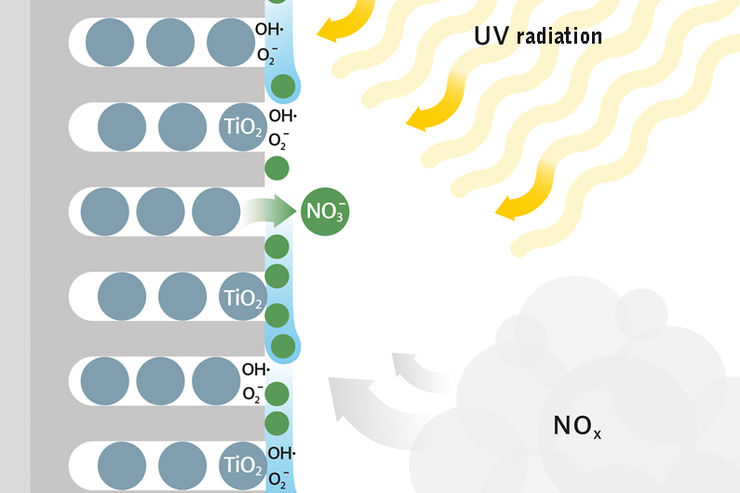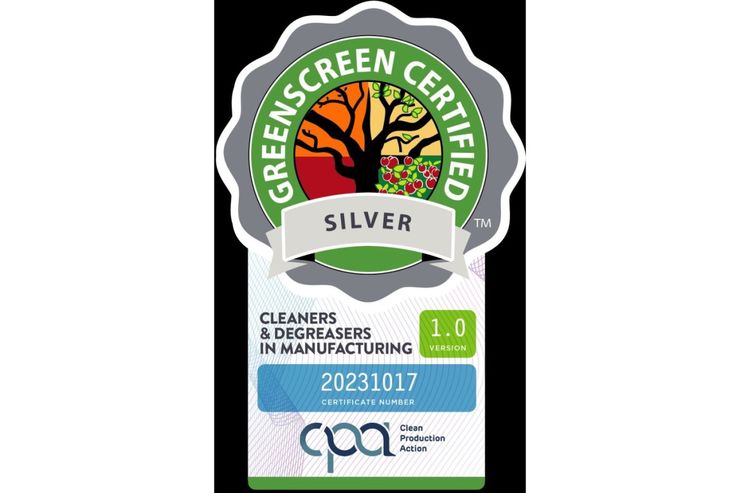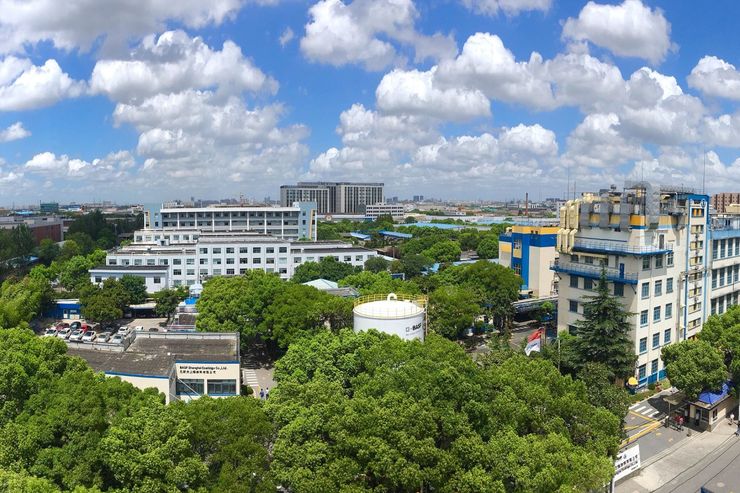A variety of measures and a balanced overall concept are required to reduce air pollution by nitrogen oxides. The German fem Forschungsinstitut Edelmetalle + Metallchemie is working on a building block in this concept together with the Dechema-Forschungsinstitut and the Institut für Technische Chemie at Leibniz Universität Hannover, Germany, as part of a new research project funded by the Federal Ministry of Economics and Energy. The aim is to develop a functionalized anodized surface for aluminum sheets used as facade cladding for buildings. Functionalised means: photocatalytic nanoparticles are to be incorporated into the porous structure of anodised aluminium surfaces (anodised layer), which, activated by the UV light of solar radiation, can make a significant contribution to the decomposition of NOx in urban areas. In this way, the corrosion protection of anodised layers could be combined with an effectiveness that is particularly desirable for urban areas.
Opening up new markets with functionality
The twenty or so industrial partners involved have a great interest in compensating for the competitive disadvantage of anodised coatings - their lack of functionality - and in opening up new markets with nitrogen oxide reducing façade sheets: "In our opinion, the greatest development potential for metal façades lies in surface technology. The facade surface of the future should increasingly assume functions that take account of climate and environmental changes," stresses Hans Dieter Wahl, Managing Director of HD Wahl GmbH. At the kick-off meeting of the project partners at the fem, the challenges in developing the layers and the two different processes for storing the particles were discussed. "The decisive factors for success are, on the one hand, long-term storage of the photocatalytically active nanoparticles in the anodised layer and, on the other hand, sufficiently good pore filling," says Christof Langer, head of department at fem.
Autor(en): Ke







